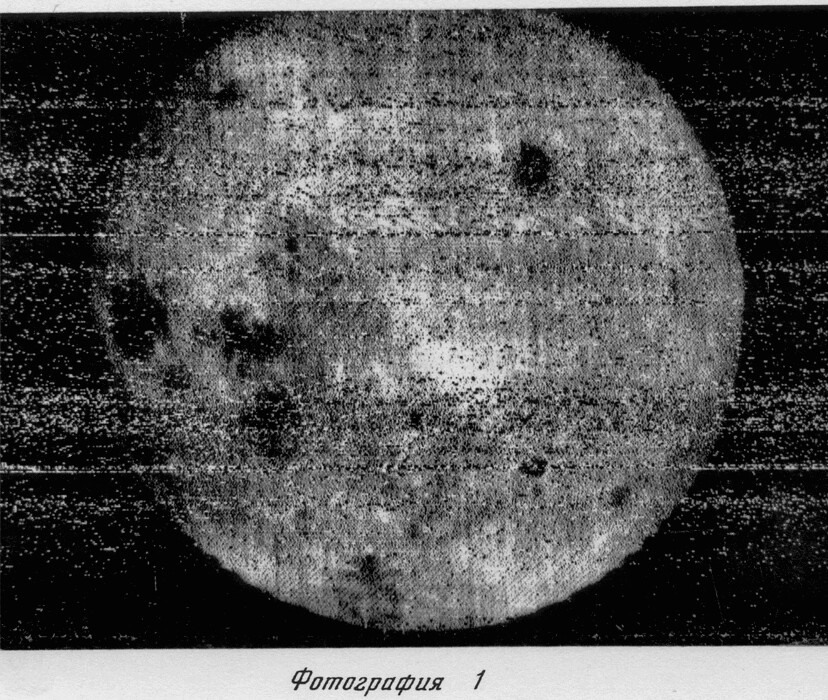The lunar north pole and about 60 percent of the Moon's farside is visible in this view captured from 3300 km over the Moon's farside, Oct. 28, from the solar array camera in flight aboard a Chang'e 5 flight dynamic test platform. From Earth, a low Crescent Moon was visible in the evening sky. The phase angles of this image are comparable with those of the Soviet Union's Luna 3 vehicle and its first photographs of the farside captured October 7, 1959. Now well along on the return trip, a challenging re-entry at above 11 km/second, a first for China and the primary reason for the test mission, will occur Nov. 1, according to the State Administration of Science, Technology and Industry for National Defense (SASTIND). Dynamic control and high-speed re-entry technologies are necessary for the success of the scheduled 2017 robotic sample return mission Chang'e 5 [Xinhua].
 |
| Comparisons have been made with the incidence angles of this, mankind's first look at the Moon's farside, from the Soviet Union's unmanned Luna 3, October 7, 1959 and the view above of Moon and Earth together from the Chang'e-5 flight dynamics test platform, October 28, 2014. More of the Moon's nearside and less farside was seen in the 1959 facsimile radioed back to Earth, but both views feature prominently Mare Moscoviense and mare-filled Tsiolkovskiy crater and highlight the now-well known differences between the two hemispheres, tidally locked into their permanent relationships with earthbound viewers [MAS/NASA]. |


Excellent dynamic post and it also comprises a lot of useful facts- Thanks for valuable information. Really enjoyed reading it. Please visit my dynamic testing page and please leave comments.
ReplyDelete